
Drill into timber, soft metal and hard materials including brick and concrete with the RYOBI 18V ONE+ Hammer Drill.
Checkout at Bunnings to calculate delivery or collect in-store
How to choose the right 18V ONE+ battery for your product and task. Read more.

Start typing in the search bar. Our autocomplete feature will provide relevant suggestions. Press 'tab' to accept an autocomplete suggestion.
By Jason Hodges
Growing your own veggies and herbs isn't that difficult, especially when you get a little advice from Jason Hodges and RYOBI outdoor power equipment.
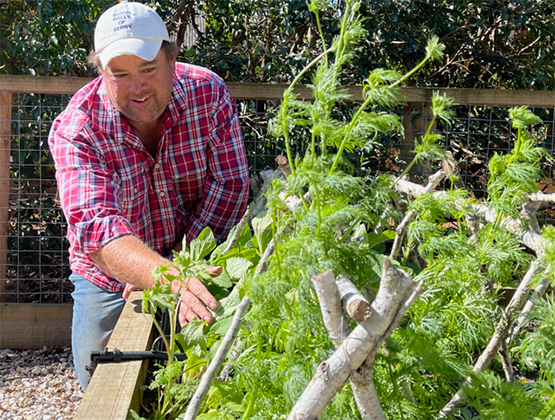
If you’re spending more time at home these days and want to maximise your time in the garden, why not consider planting a backyard veggie garden – or, as I like to call it – a ‘kitchen garden’. I say, kitchen garden because veggies, herbs and some citrus can be transferred directly from garden to plate, delivering tastier, nutrition-rich food … and even some savings on your grocery bill.
Start by choosing a sunny spot, it’s the one thing you can’t buy. If you don’t have one, you’ll need to create one by cutting back some trees. Secondly, if your garden is prone to frost, look for a protected spot away from winds and drafts.
Another possibility is to just remove some lawn and work with the existing soil or have raised garden beds that are purchased as a kit or you can build your own. Raised garden beds mean no digging and you can instantly have good soil if you buy enough to fill them … and you also get free drainage of the garden. As an added bonus, you don’t need to bend down as far to work on the garden bed and you might be able to sit on the edge as you work.
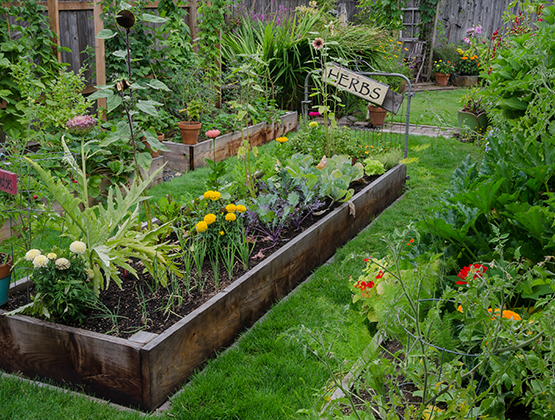
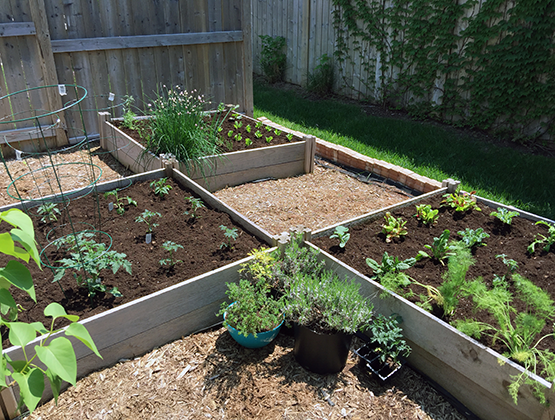
In a perfect world, you would have four beds. This helps with crop rotation and means you won’t disturb plants that are establishing or well established when you’re working another the bed with new manure or compost. You can also plant some veggies together, like all your rooting veggies (carrots, parsnips and beetroots) and all your beans and peas together.
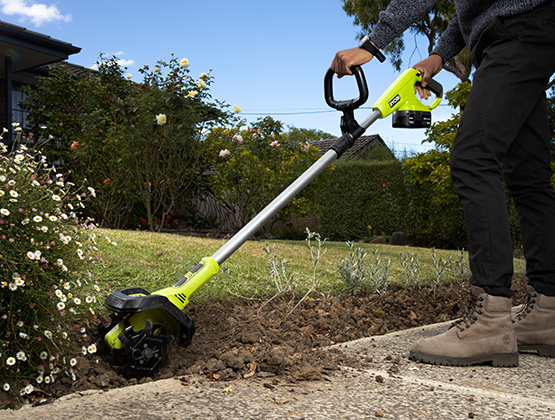
Before planting anything, turning over the soil and introducing compost is made easy with a cultivator. I have an attachment that fits to my line trimmer.
The cultivator combines and blends the existing soil with the compost. Let it settle in for a week and then plant your little favourites. Regular mulching will suppress weeds and help trap moisture in the warmer months. Use something like sugarcane mulch or pea straw mulch. They’re well priced, light and break down quickly to put back nutrients into the ground that the last crop has taken out.
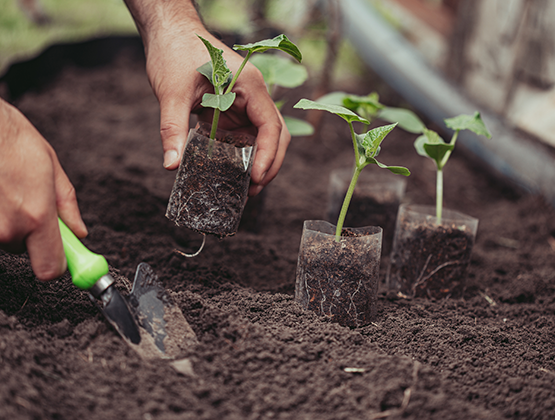
Try to plant something each month. For example, rather than planting 12 tomatoes all at once, plant four each month. That means you can span a season and don’t get all your crop over a short period of time. Did you know one bean when planted can produce over a kilogram of beans? There’s no reason why you can’t save some of them for next year and eliminate even buying your seeds.
Herbs cost plenty when you’re buying bunches at the supermarket, but rosemary, sage, coriander, thyme and many more are easily grown throughout most Australia nearly all year-round. And don’t get me started on the price of lemons!
Start small and watch your enthusiasm grow along with your own kitchen garden.